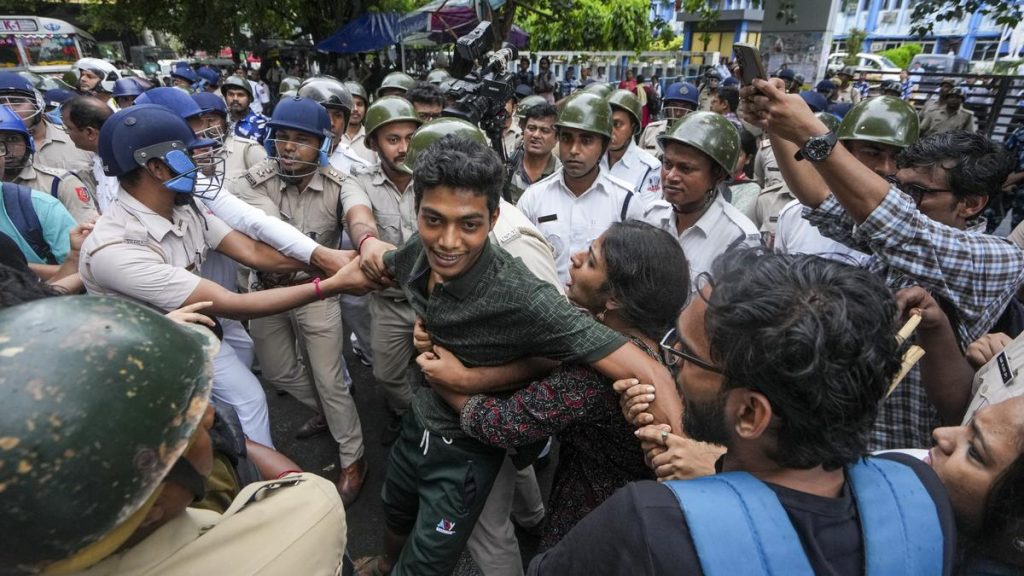Now Reading: Krishna Water Levels Rise, Farmers and Fishermen Alerted
-
01
Krishna Water Levels Rise, Farmers and Fishermen Alerted
Krishna Water Levels Rise, Farmers and Fishermen Alerted

Quick Summary:
- Officials in Belagavi and Bagalkot districts warned farmers and fishermen against venturing into the Krishna River and its tributaries due to increased water release from Maharashtra’s reservoirs, surpassing 2.5 lakh cusecs on Friday.
- Rainfall has subsided in Belagavi and Bagalkot districts, but 12 bridge-cum-barrages remain submerged in Belagavi, while three are underwater in Bagalkot. Commuters are using alternative routes.
- The Kallol barrage recorded a total discharge of 2,51,333 cusecs-24,626 cusecs more than Thursday’s levels. The alert level stands at 2.4 lakh cusecs; danger is around 2.9 lakh cusecs.
- Discharge levels depend on rainfall from Maharashtra’s catchment areas and releases from local dams.
- Hipparagi barrage reported an inflow of 2.26 lakh cusecs with outflow at nearly identical rates; current storage is zero.
- Lal Bahadur Shastri reservoir reduced gross storage to 96.862 tmcft (down from August’s beginning capacity of 120 tmcft) amid inflow/outflow levels that peaked at over 2.38 lakh/2.5 lakh cusecs respectively to avoid flooding risks.
- Raja Lakhamagouda reservoir holds near-full capacity (50 tmcft against full capacity of 51 tmcft); simultaneous inflow measures were marked by balanced outputs close to incoming volumes (27k+).
– Renuka Sagar dam currently stores less than full-scale total ranges yet carefully reconciles respective internal flux balances i.e., upward fillings-crafted outflows slightly higher externally detailed mere undercounts
Indian Opinion Analysis:
The recent surge in water flow downstream in Karnataka’s Krishna basin highlights the delicate management challenges associated with inter-State river systems during monsoon periods-a reflection tortuous jigsaw approach dependent varied luck cross-border unpredictable rapidly unfold scenarios proper sound warnings thrive chang entire gap condition systems equitable izan spune gradual recovery vigilant timeline-needed collaboration warded delays deliberat dispatched























